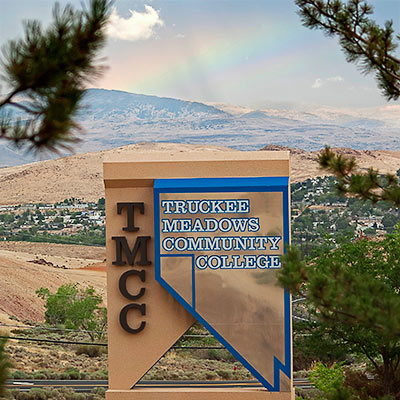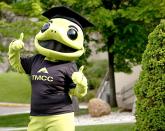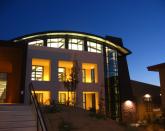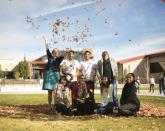Assessment is the process of systematically collecting, analyzing, and using information to try and improve or enhance student learning. Most likely, you already do this in your classroom. When department faculty get together and say: 'Students in our course didn’t do so well on X. May we could...', that’s assessment.
Walvoord, 2010
Another model of using assessment to improve student learning is described in Weigh Pig, Feed Pig, Weigh Pig (Fulcher, Good, Coleman, and Smith, 2014).
Assessment is often described as a “loop” with the following broad steps:
Best Practices
Good assessment leads to improvements in curriculum, pedagogy, support services, and ultimately student learning when we do the following:
Plan
- Develop student learning outcomes (SLOs) that are logically mapped and aligned to both program (PLOs) and/or the College’s general education/institutional learning outcomes (GELOs or ILOs).
- Map where students have the opportunity to work toward PLOs and/or GELOs. This includes courses, the instruction and assignments within, and even co-curricular experiences.
- Develop instructional activities and assessments to determine whether students have met the learning outcomes in appropriate places in the curriculum. Using these direct methods of assessing student work provides stronger evidence of learning than indirect methods such as course grades, completion rates, or surveys, although these methods can also provide valuable information.

Implement
- Collect assessment data through rubrics, exams, observations, competency checklists, surveys, etc.
- Analyze the results—note highlights, discuss trends, interpret what the results mean.
- Communicate the results to faculty, students, and other stakeholders.
Improve
- Plan changes or improvements in curriculum, pedagogy, curriculum, support services, or assessment processes based on assessment results.
- Close the loop – Take action. Use the results to make changes or improvements and reassess if additional gains in student learning occurred.











